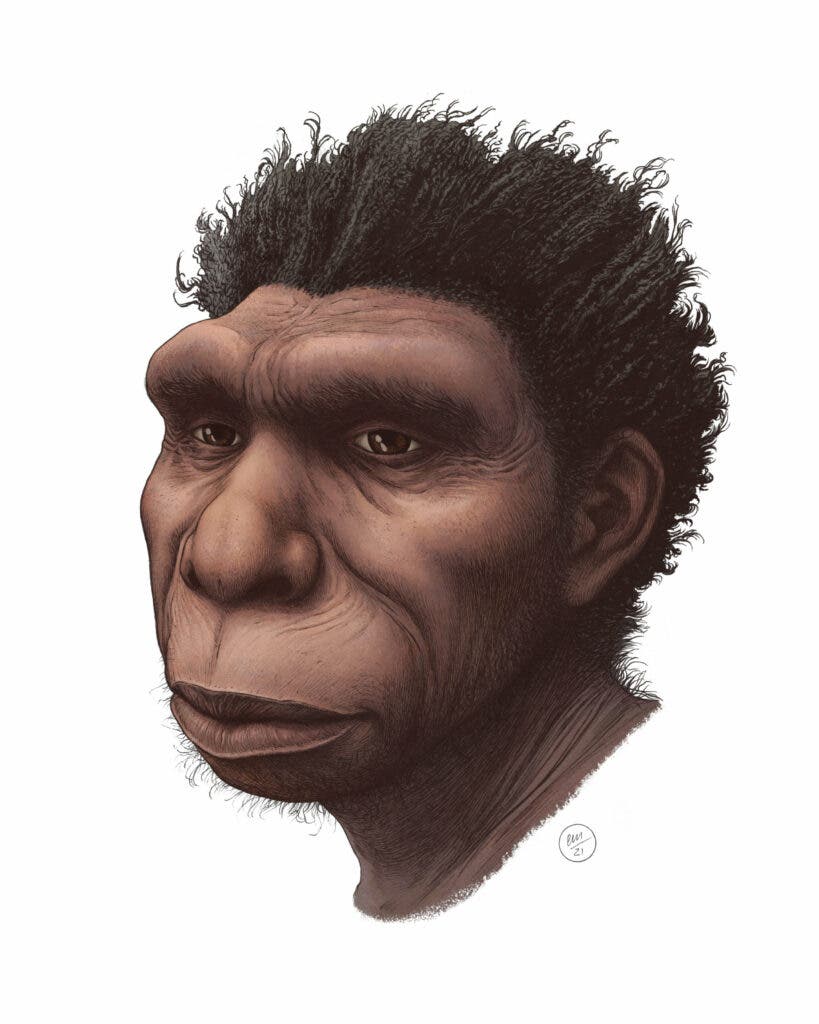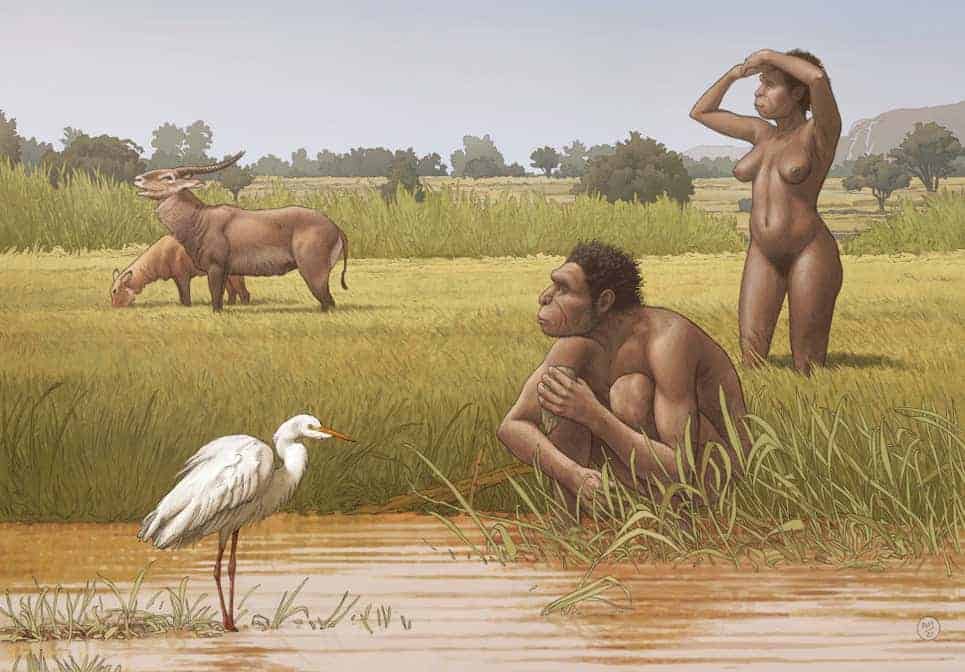
You don’t get to pick your parents or your name for that matter, but at least you can legally change the latter if you feel like a name like X Æ A-12 is a bit too embarrassing. In science, species’ names rarely change though. Just imagine how many textbooks you’d have to edit. This is why this week’s announcement that the direct ancestor of our species has been renamed is really a big deal.
From now on, an international team of researchers, led by University of Winnipeg palaeoanthropologist Dr. Mirjana Roksandic, has proposed that our direct human ancestor — an ancestral species of Homo that lived in Africa during the Middle Pleistocene, around half a million years ago — shall be known as Homo bodoensis.
The designation is not based on any new fossils or scientific findings. Instead, the researchers are trying to clarify what is often known as the ‘muddle in the middle’, a problem that refers to the tangled mess of designation and contradictory findings from the Middle Pleistocene. The importance of clearing up this mess cannot be understated as it is during this nebulous period — also known as the Chibanian and dated to 774,000–129,000 years ago — that Homo sapiens and our close extinct cousins the Neanderthals (Homo neanderthalensis) emerged in Africa and Europe, respectively.
“Talking about human evolution during this time period became impossible due to the lack of proper terminology that acknowledges human geographic variation.” Roksandic said in a statement.

Previously, this ancestral species was known as one of two species: Homo heidelbergensis or Homo rhodesiensis. Right off the bat, it’s easy to understand why they call it a ‘muddle’ seeing how we used to have two species that confusingly referred to a single one. Consequently, Homo heidelbergensis and Homo rhodesiensis have been scrapped from the taxonomy being now redundant to make way for Homo bodoensis, which derives its name from a skull found in Bodo D’ar, Ethiopia.
Under this new and improved classification, H. bodoensis will from now on describe most Middle Pleistocene humans from Africa and some from Southeast Europe, while other specimens found in the rest of Europe will be reclassified as Neanderthals based on modern DNA analysis of fossils.
The case of H. rhodesiensis is even muddier since the species was rather poorly defined, based on a single skull called Kabwe found at Broken Hill in Northern Rhodesia, now Zambia, by Tom Zwiglaar in 1921. Furthermore, the name was never widely accepted by the scientific community, partly due to its association with Cecil Rhodes, an imperialist, businessman, and politician who played a dominant role in southern Africa in the late 19th Century. Rhodes was the prime minister of Cape Colony, from 1890 to 1896, and during his governmentship, the rights of black Africans were severely restricted by raising the financial qualifications for voting. He is also blamed for many horrendous crimes during the British colonial rule of Africa. The fact that such an important ancestral human species is named after Rhodes has been seen as very dishonorable, especially in light of recent attempts to decolonize science.
“Terms need to be clear in science, to facilitate communication. They should not be treated as absolute when they contradict the fossil record,” said co-author Predrag Radović of the University of Belgrade in Serbia.
“H. bodoensis is cutting the Gordian knot and allowing us to communicate clearly about this important period in human evolution,” added Christopher Bae of the Department of Anthropology at the University of Hawai’i at Manoa.

Based on the damaged facial skeleton of “Bodo 1”, the researchers described H. bodoensis as having a “massive face”, with large rectangular orbits and a very broad interorbital region, a wide nose, and a broad and deep palate. Compared to Homo erectus, whose fossils are the oldest known early humans to have possessed modern human-like features, H. bodoensis had a larger brain, similar to Neanderthals. However, they differed from Neanderthals substantially in other areas, not sharing the same prominent, double-arched brow ridges.
“H. bodoensis lacks a number of the H. sapiens specific features—warranting a separate species designation. This is contrary to what is observed in H. neanderthalensis where the autapomorphies emerge early in the Middle Pleistocene. However, all of the later H. sapiens specific features can be derived from traits present in H. bodoensis, including the massive but segmented (divided into lateral and medial parts) brow ridges,” the researchers wrote in their study.
While H. bodoensis serves to clear many confusing aspects of our evolution, it is by no means a magic bullet. Just like humans often interbred with Neanderthals, so did our early ancestors mingle amongst different groups. DNA studies show that humans didn’t evolve from a single ancestral population. We might never be able to pinpoint our closest direct ancestor but, for the time being, H. bodoensis is close enough.
The new designation was described at length in a new study published in the journal Evolutionary Anthropology Issues News and Reviews.









